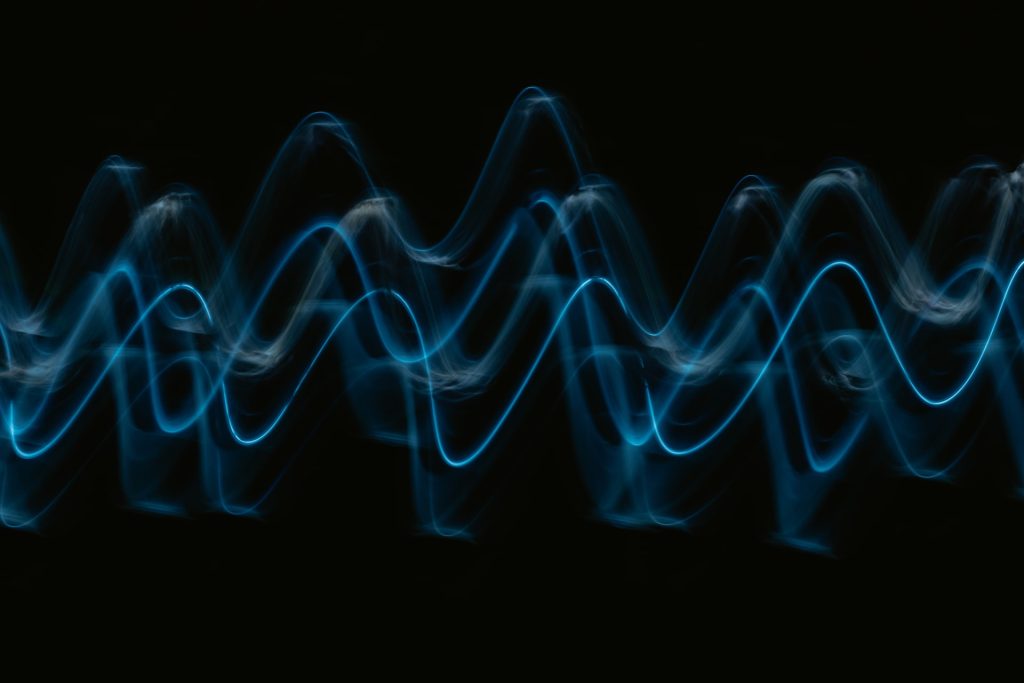Alleviating Motion Sickness with a Unique Sound

Researchers at Nagoya University Graduate School of Medicine has discovered that using “a unique sound stimulation technology” – a device that stimulates the inner ear with a specific wavelength of sound – reduces motion sickness. Even a single minute of stimulation reduced the staggering and discomfort felt by people that read in a moving vehicle. The results, published in Environmental Health and Preventive Medicine, suggest a simple and effective way to treat this common disorder.
“Our study demonstrated that short-term stimulation using a unique sound called ‘sound spice®’ alleviates symptoms of motion sickness, such as nausea and dizziness,” said study leader Takumi Kagawa. “The effective sound level falls within the range of everyday environmental noise exposure, suggesting that the sound technology is both effective and safe.”
The discovery is an important expansion of recent findings about sound and its effect on the inner ear. Increasing evidence has suggested that stimulating the part of the inner ear associated with balance using a unique sound can potentially improve balance. Using a mouse model and humans, the researchers identified a unique sound at 100Hz as being the optimal frequency.
“Vibrations at the unique sound stimulate the otolithic organs in the inner ear, which detect linear acceleration and gravity,” study leader Masashi Kato explained. “This suggests that a unique sound stimulation can broadly activate the vestibular system, which is responsible for maintaining balance and spatial orientation.”
To test the effectiveness of the devices, they recruited voluntary participants who were exposed to the unique sound. Following the stimulation, motion sickness was induced by a swing, a driving simulator, or riding in a car. The researchers used postural control, ECG readings, and Motion Sickness Assessment Questionnaire results to assess the effectiveness of the stimulation.
Exposure to the unique sound before being exposed to the driving simulator enhanced sympathetic nerve activation. The researchers found symptoms such as “lightheadedness” and “nausea,” which are often seen with motion sickness, were alleviated.
“These results suggest that activation of sympathetic nerves, which are often dysregulated in motion sickness, was objectively improved by the unique sound exposure,” Kato said.
“The health risk of short-term exposure to our unique sound is minimal,” Kagawa said. “Given that the stimulus level is well below workplace noise safety standards, this stimulation is expected to be safe when used properly.”
Their results suggest a safe and effective way to improve motion sickness, potentially offering help to millions of sufferers. The researchers plan to further develop the technology with the aim of practical application for a variety of travel situations including air and sea travel.
Source: Nagoya University


